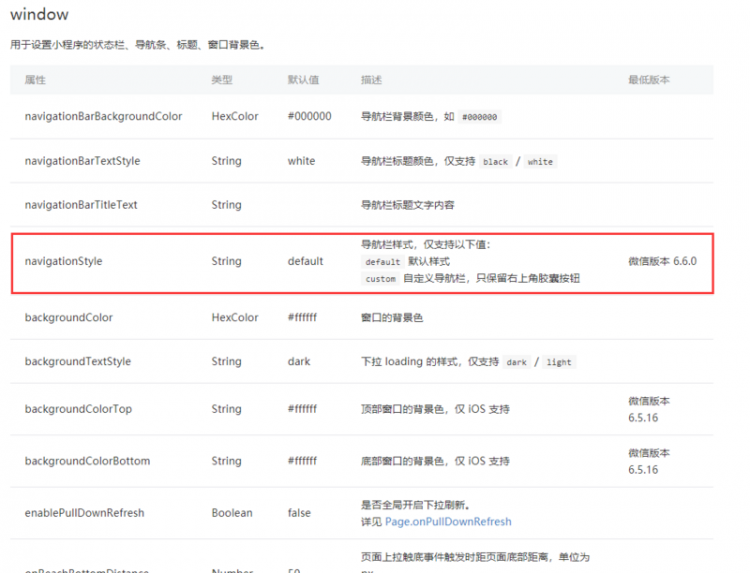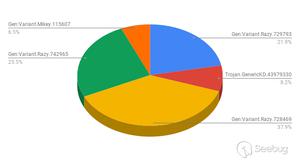如何通过openCV模拟鱼眼镜头效果?
我正在寻找创建鱼眼镜头效果的方法,查看了openCV的文档,看起来它包含针对像鱼眼这样的径向变形的“相机校准”功能。是否可以通过openCV模拟鱼眼失真?
如果与openGL相比,openCV可以做到,哪一个会产生更好的结果?谢谢。
回答:
我使用opencv创建了此应用。这是您所指的效果吗?我基本上编码了维基百科“ Distortion(optics)”上显示的公式,如果需要,我可以显示代码
更新:好的,因此以下是使用opencv用c ++编写的实际代码(未记录,因此随时要求解释):该程序将输入以下参数作为输入:输入图片| | 输出图像| | 控制失真量的K(通常尝试0.001附近的值) | | 变形中心的x坐标| | 变形中心的y坐标|
因此,程序的关键是double for循环,该循环在结果图像上逐个像素迭代,并使用径向失真公式在输入图像中寻找匹配的像素(这通常是图像变形的方法-可能是直观地对付从输出到输入的反投影)。有一些细微之处与输出图像的比例有关(在此程序中,生成的图像与输入的大小相同),除非您想了解更多细节,否则我不会涉及。
#include <cv.h> #include <highgui.h>
#include <math.h>
#include <unistd.h>
#include <getopt.h>
#include <iostream>
void sampleImage(const IplImage* arr, float idx0, float idx1, CvScalar& res)
{
if(idx0<0 || idx1<0 || idx0>(cvGetSize(arr).height-1) || idx1>(cvGetSize(arr).width-1)){
res.val[0]=0;
res.val[1]=0;
res.val[2]=0;
res.val[3]=0;
return;
}
float idx0_fl=floor(idx0);
float idx0_cl=ceil(idx0);
float idx1_fl=floor(idx1);
float idx1_cl=ceil(idx1);
CvScalar s1=cvGet2D(arr,(int)idx0_fl,(int)idx1_fl);
CvScalar s2=cvGet2D(arr,(int)idx0_fl,(int)idx1_cl);
CvScalar s3=cvGet2D(arr,(int)idx0_cl,(int)idx1_cl);
CvScalar s4=cvGet2D(arr,(int)idx0_cl,(int)idx1_fl);
float x = idx0 - idx0_fl;
float y = idx1 - idx1_fl;
res.val[0]= s1.val[0]*(1-x)*(1-y) + s2.val[0]*(1-x)*y + s3.val[0]*x*y + s4.val[0]*x*(1-y);
res.val[1]= s1.val[1]*(1-x)*(1-y) + s2.val[1]*(1-x)*y + s3.val[1]*x*y + s4.val[1]*x*(1-y);
res.val[2]= s1.val[2]*(1-x)*(1-y) + s2.val[2]*(1-x)*y + s3.val[2]*x*y + s4.val[2]*x*(1-y);
res.val[3]= s1.val[3]*(1-x)*(1-y) + s2.val[3]*(1-x)*y + s3.val[3]*x*y + s4.val[3]*x*(1-y);
}
float xscale;
float yscale;
float xshift;
float yshift;
float getRadialX(float x,float y,float cx,float cy,float k){
x = (x*xscale+xshift);
y = (y*yscale+yshift);
float res = x+((x-cx)*k*((x-cx)*(x-cx)+(y-cy)*(y-cy)));
return res;
}
float getRadialY(float x,float y,float cx,float cy,float k){
x = (x*xscale+xshift);
y = (y*yscale+yshift);
float res = y+((y-cy)*k*((x-cx)*(x-cx)+(y-cy)*(y-cy)));
return res;
}
float thresh = 1;
float calc_shift(float x1,float x2,float cx,float k){
float x3 = x1+(x2-x1)*0.5;
float res1 = x1+((x1-cx)*k*((x1-cx)*(x1-cx)));
float res3 = x3+((x3-cx)*k*((x3-cx)*(x3-cx)));
// std::cerr<<"x1: "<<x1<<" - "<<res1<<" x3: "<<x3<<" - "<<res3<<std::endl;
if(res1>-thresh and res1 < thresh)
return x1;
if(res3<0){
return calc_shift(x3,x2,cx,k);
}
else{
return calc_shift(x1,x3,cx,k);
}
}
int main(int argc, char** argv)
{
IplImage* src = cvLoadImage( argv[1], 1 );
IplImage* dst = cvCreateImage(cvGetSize(src),src->depth,src->nChannels);
IplImage* dst2 = cvCreateImage(cvGetSize(src),src->depth,src->nChannels);
float K=atof(argv[3]);
float centerX=atoi(argv[4]);
float centerY=atoi(argv[5]);
int width = cvGetSize(src).width;
int height = cvGetSize(src).height;
xshift = calc_shift(0,centerX-1,centerX,K);
float newcenterX = width-centerX;
float xshift_2 = calc_shift(0,newcenterX-1,newcenterX,K);
yshift = calc_shift(0,centerY-1,centerY,K);
float newcenterY = height-centerY;
float yshift_2 = calc_shift(0,newcenterY-1,newcenterY,K);
// scale = (centerX-xshift)/centerX;
xscale = (width-xshift-xshift_2)/width;
yscale = (height-yshift-yshift_2)/height;
std::cerr<<xshift<<" "<<yshift<<" "<<xscale<<" "<<yscale<<std::endl;
std::cerr<<cvGetSize(src).height<<std::endl;
std::cerr<<cvGetSize(src).width<<std::endl;
for(int j=0;j<cvGetSize(dst).height;j++){
for(int i=0;i<cvGetSize(dst).width;i++){
CvScalar s;
float x = getRadialX((float)i,(float)j,centerX,centerY,K);
float y = getRadialY((float)i,(float)j,centerX,centerY,K);
sampleImage(src,y,x,s);
cvSet2D(dst,j,i,s);
}
}
#if 0
cvNamedWindow( "Source1", 1 );
cvShowImage( "Source1", dst);
cvWaitKey(0);
#endif
cvSaveImage(argv[2],dst,0);
#if 0
for(int j=0;j<cvGetSize(src).height;j++){
for(int i=0;i<cvGetSize(src).width;i++){
CvScalar s;
sampleImage(src,j+0.25,i+0.25,s);
cvSet2D(dst,j,i,s);
}
}
cvNamedWindow( "Source1", 1 );
cvShowImage( "Source1", src);
cvWaitKey(0);
#endif
}
以上是 如何通过openCV模拟鱼眼镜头效果? 的全部内容, 来源链接: utcz.com/qa/422022.html





![[Linux] 使用ifconcopy查看tcp网络数据的最大接收大小](/wp-content/uploads/2020/11/726254-20201126152850582-358087830.png)


